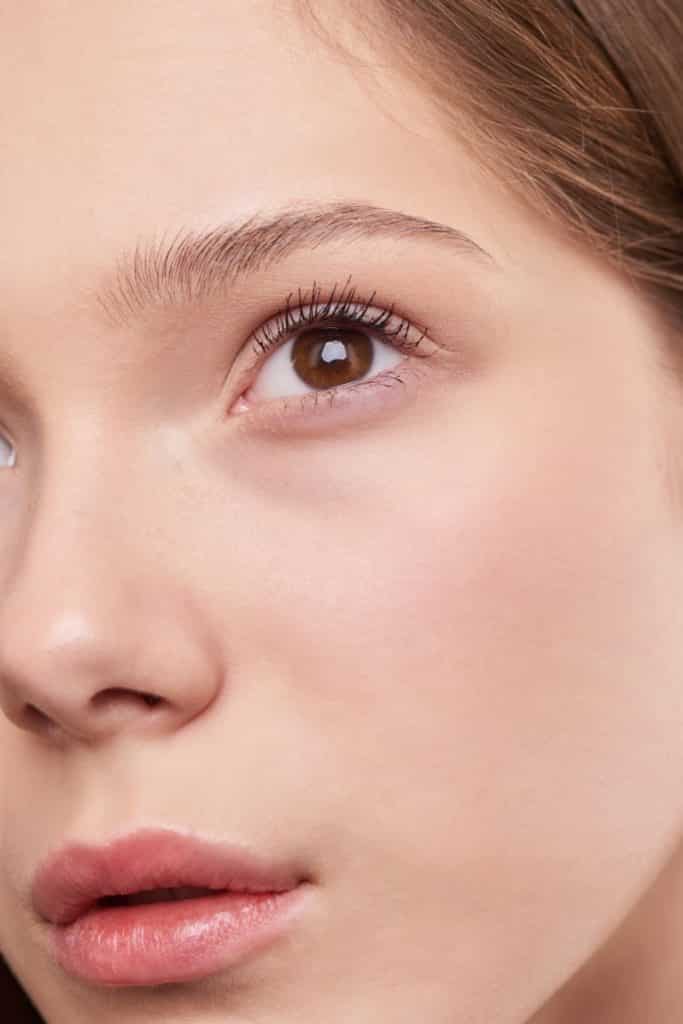The keys to success in the Japanese cosmetic market

Japan is the third largest cosmetics market in the world, making it a key target for cosmetic brands. Have you ever wondered how you could successfully implement in this country? This article aims at giving you the marketing keys to a well-planned development project and providing regulatory guidance to comply with the Japanese cosmetics regulations.
The Japanese cosmetic market
Before thinking about entering the Japanese market, understanding its trends, purchasing behaviors and expectations will allow you to assess your project’s viability. Even though the island has been influenced by the West over the years, it remains strongly attached to its roots and displays a strong local culture.
A short history of cosmetics
Like other parts of the globe, cosmetics in Japan emerged to enhance beauty, show social or marital status. However, beauty standards and the use of cosmetics remain different. It is believed that beauty products appeared around the VI th century, through Korea and China. The choice of colors was mainly limited to red, white and black, while the famous Geisha style consisting in red lips and white skin resonated in the West.
Cosmetics evolved, were americanized before undergoing a strong re-japanization at the end of the 20th century. Nowadays, Japanese are attached to their made-in Japan cosmetics. Current trends emphasize on an individual approach of make-up and a search for novelty, even if the beauty products used stay linked to skin types, hair types, climate, local ingredients or beauty standards.
Japanese cosmetic trends
Within cosmetics, skincare is the most successful subcategory and counts for more than half of the country’s total sales. Make-up comes second, followed by hair and men care. Indeed, Japanese prefer to take care of their skin’s texture and quality instead of hiding their imperfections with make-up.
Anti-aging, brightening and moisturizing products are first in demand, while perfumes are the least trendy category. Japanese women are starting using anti-aging products at an early age (beginning of their 20’s) and a smooth white skin without imperfections is the ideal standard. As a result, cosmetics including sun care properties are widespread.
In addition, they tend to wear less heavy make-up with more pastel tones. If make-up is not the king of cosmetics in Japan, it is because the Japanese layering ritual is the biggest trend. It emphasizes on quality and long-term effects rather than short term ones, which are characterizing the South-Korean beauty industry. In the country of the rising sun, lotions, essences or milks are meeting great success along with foundation or hair dyes for instance. To complete this skincare routine, consumers are using beauty tools and giving a particular importance to the bath ritual.

Japanese market actors
The Japanese cosmetics market is increasing and did relatively well during the COVID-19 pandemic. National sales are mainly generated by local major brands, which are completed by a dense SME’s market. Drugstores, department stores, pharmacies, discount stores or e-commerce, the distribution channels are numerous even if e-commerce’s shares have been growing since 2019.
Marketing adaptation and opportunities
To be successful in Japan, foreign brands must look at Japanese consumer’s preferences and the marketing environment to plan their implementation. A well-prepared project will assure long-term growth opportunities, and a rushed commercialization could lead to failure.
Japanese consumers and marketing specificities
Foreign brands mainly import skincare, hair care and makeup into the archipelago. France, South-Korea and the US are leading the way, followed by East-Asian countries such as China and Thailand.
A first important parameter is the consumers’ loyalty. If they are convinced by a product, most of the age, social and professional groups will remain loyal to your brand. As a result, to focus on a specific target segment is a success factor which paid off for many foreign companies. Reaching a niche market instead of trying to sell cosmetics to every Japanese can be a wise choice on a marketing level, especially since the purchase barriers are numerous. Indeed, Japanese value expertise and will have a higher esteem of your offer if it appears to be more selective and achieved. To address a certain part of the population’s concerns or needs will make your brand look selective, which also can be reached through higher prices.
Because the population value qualitative products, it believes prices should match to the quality level. However, prices have been decreasing, worsen by the pandemic. Quality over mass consumption credo is slowly losing sense nowadays, especially among the millennials who tend to turn towards lower prices for lower quality products.
Nevertheless, the older generations are still spending a lot on cosmetics. Japan being an ageing society with 29,1 % of the total population aged over 65 years old, targeting older people can be lucrative.

Accordingly, storytelling is also an important aspect of your marketing strategy in Japan. Indeed, a brand with a long history is appreciated because it vouches for your authenticity and credibility, which generates engagement. Many local brands communicate about their development, the way the original founder discovered a cutting-edge technique or how ancestral ingredients are processed.
Eventually, monitoring cosmetics trends is a must because Japanese people closely follow them as part of a sense of unity and belonging to the group. In general, individuality is not encouraged which is why trends are even more successful than in the West. One consequence is the overwhelming presence of limited editions: flower fragrance for the sakura season, collaboration or special packaging for the White day. They keep the consumers’ attention, eager for new products. Still, the younger generations want to express their own identity and are more open to foreign products and technology.
How to adapt your marketing strategy to the Japanese market
When selling cosmetics in Japan, there are three options: standardization, adaptation or a mix of both.
Foreign cosmetics brands are for the majority choosing a middle ground between standardization and adaptation by keeping their original offer with a Japanese twist. It seems to be the best approach and preferred tactic overall. While the brand image remains, social and cultural aspects are taken in account to make local small adaptations: claims, product description, marketing supports, the website or packaging, seen as important as the cosmetic itself.
However, Japanese women having different skin and hair, they strongly believe that cosmetics developed outside their country cannot be adapted to their needs. Every brand can choose a different approach to this specificity and marketing in general, but international companies can find their place if their products are well described, adapted to the consumers’ needs and their marketing strategy convincing.

A growing need in foreign brands
International brands can take the advantage of a local market in growing demand for new foreign beauty products. While some segments are eager to discover them, competition for customers has intensified among the main sales channels. As a result, major chain stores are searching for directly imported European products to diversify themselves in the fierce competition within the Japanese market.
Besides, online sales are growing bigger, encouraging the emergence of new opportunities. Rather brands choose online selling, a distributor, a joint venture or their own legal entity, they can directly reach consumers easier than before thanks to new tools such as influencers, online marketplaces or brick and mortar shops, highly appreciated by Japanese consumers.
Selling cosmetics in Japan and comply with regulations
When thinking about your marketing strategy and implementation project, you must consider the legal aspects which could impact your labels, claims or formulae. Japanese regulations are strict and hard to interpret, which is why getting the help of a renowned third party like BIORIUS will ensure a smooth commercialization.
The Japanese cosmetics regulatory framework
In Japan, cosmetics are regulated by the Ministry of Health, Labour and Welfare (MHLW) and ruled by a set of legal texts, such as Standards for Cosmetics, Fair Competition Rules or the Act Against Unjustifiable Premiums and Misleading Representations. Cosmetics are divided in two distinct categories: cosmetics and quasi-drugs, which can include deodorants, depilatories, anti-dandruff, toothpastes or hair dying for instance. You can refer to our dedicated website page for more details.

How Biorius can help
To comply with these regulations, BIORIUS checks your formulae and labels for both cosmetics and quasi-drugs. Our experts will also advise you on the right claims to adopt for the Japanese consumers. Moreover, we also prepare the quasi-drugs pre-approval dossier.
With our translator partner, we also propose a translation service allowing your brand to communicate with the right words as Japanese is a complex language with particularities in marketing. Eventually, a brief marketing is possible to confirm if your marketing strategy is on the right path.



